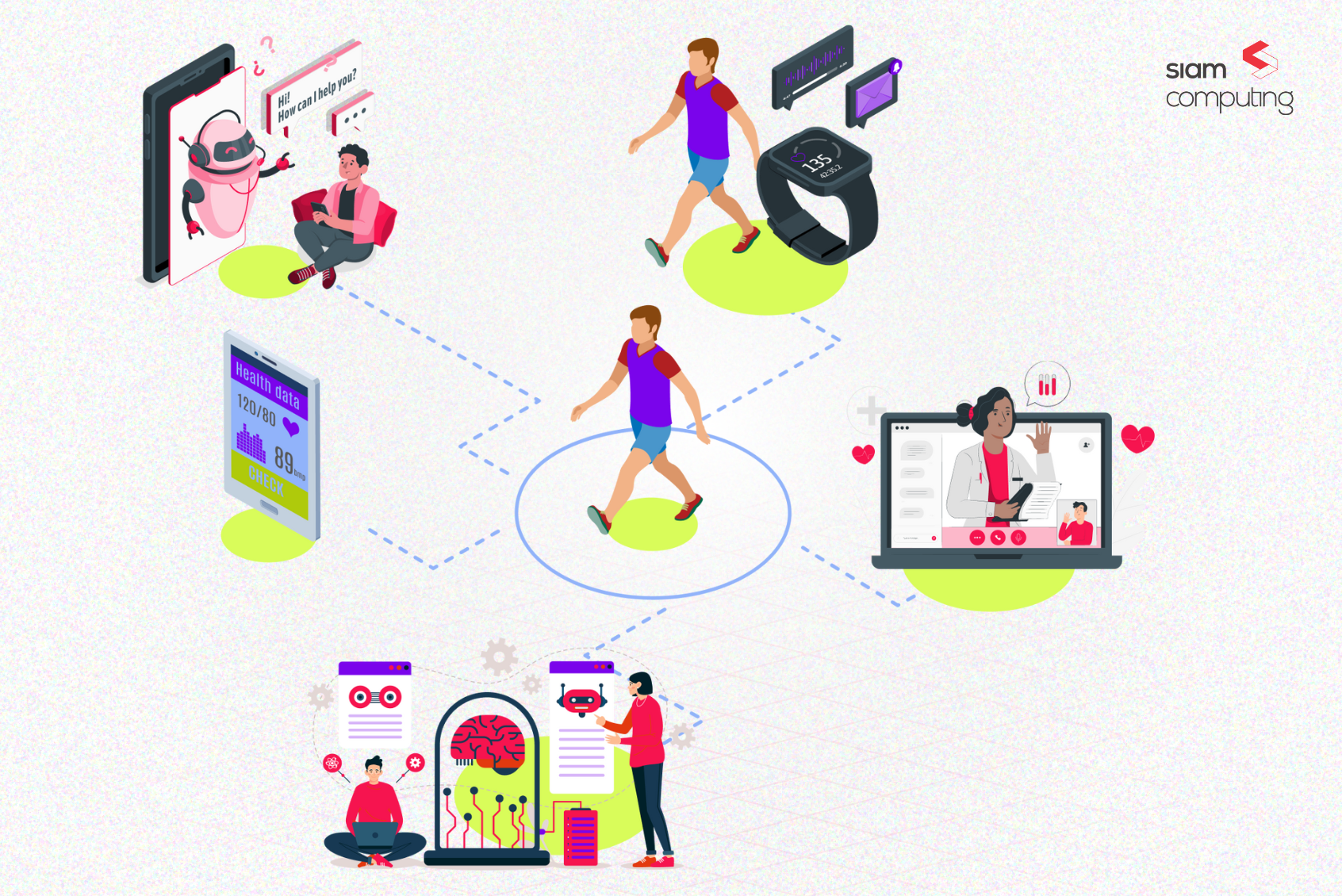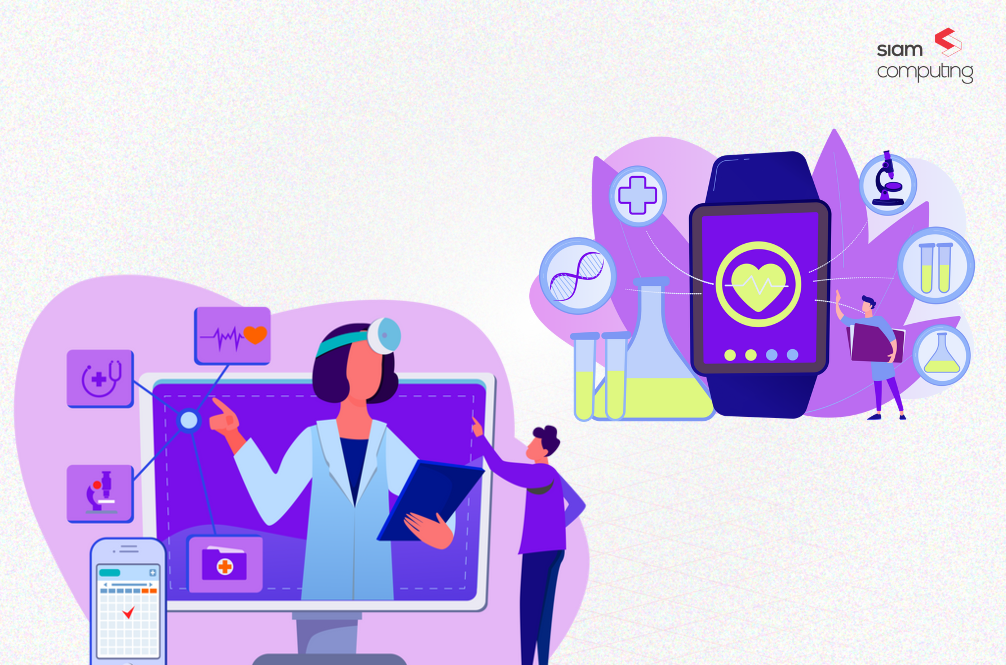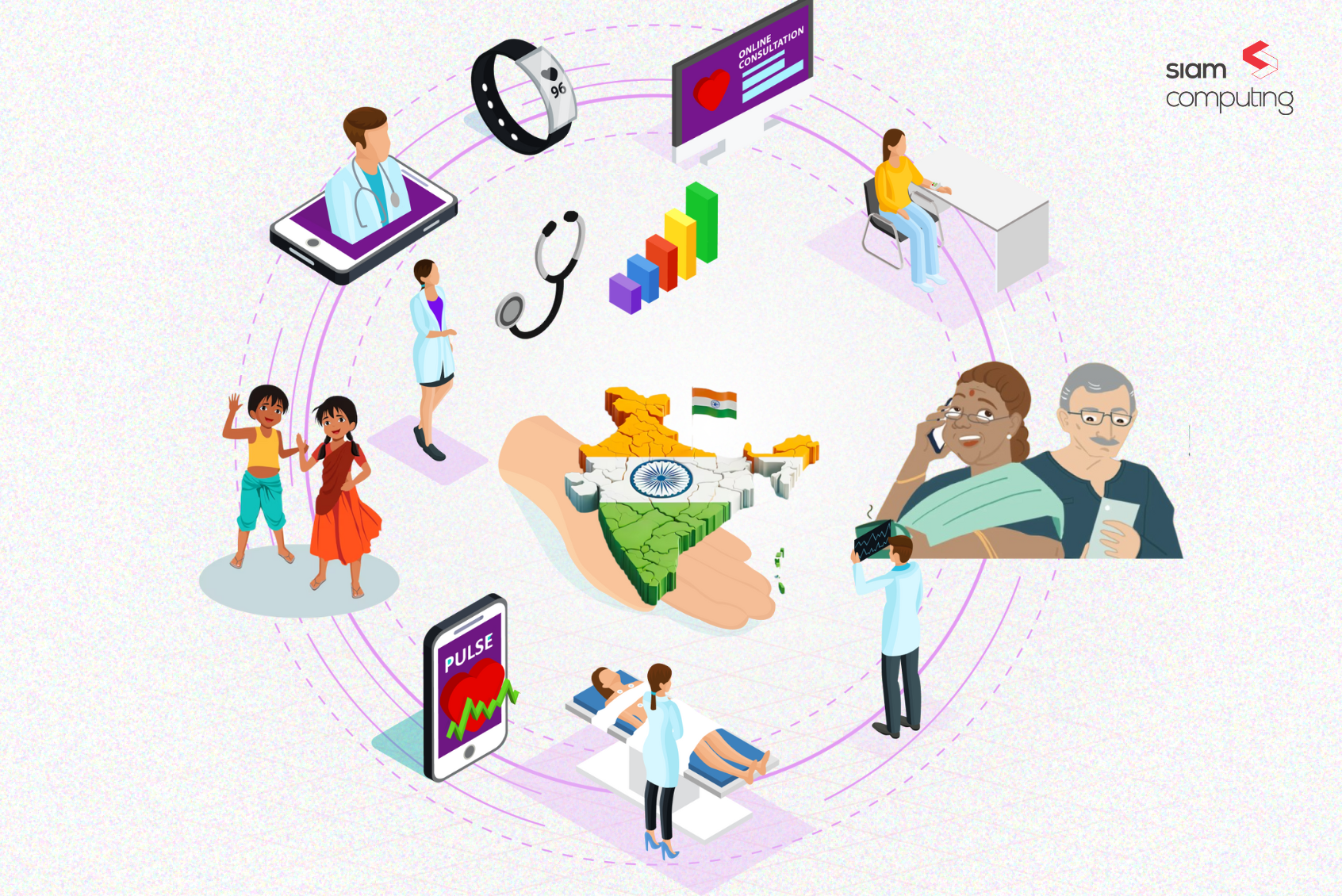The quest for improving patient experience is a top priority for modern hospitals and healthcare providers globally as they realize its positive impact on improving patient outcomes. As a product development company specializing in patient experience solutions, Siam Computing recognizes the pivotal role that Explainable AI (XAI) plays in achieving this goal.
This blog delves deep into the concept of Explainable AI and its application in the context of patient experience. We will explore the importance of transparency, interpretability, and trustworthiness in healthcare AI systems, and how they can transform patient care.
Understanding Explainable AI (XAI)
Explainable AI, often abbreviated as XAI, refers to the capacity of an AI system to provide understandable explanations for its decisions, predictions, or recommendations. While traditional machine learning models, such as deep neural networks, excel at making accurate predictions, they often lack transparency, leaving users and stakeholders in the dark about how these decisions are made. XAI aims to bridge this gap by making AI more interpretable and accountable.
Transparency in Healthcare AI
Transparency is a fundamental aspect of XAI that is critical in healthcare. Patients, healthcare providers, and regulators need to understand how AI-driven systems arrive at their conclusions, especially when they have a direct impact on patient care.
Regulatory Compliance
One of the key drivers behind the adoption of XAI in healthcare is the need to comply with regulatory standards. For instance, the General Data Protection Regulation (GDPR) and the Health Insurance Portability and Accountability Act (HIPAA) require organizations to provide transparency and accountability in their data processing activities. XAI not only helps in compliance but also builds trust with patients and regulatory bodies.
Avoiding Black-Box Models
Many AI algorithms are often referred to as “black-box” models, as their decision-making processes are obscured from human understanding. In healthcare, this opacity can be a significant hindrance, as decisions made by AI directly affect patient lives. XAI offers insights into the inner workings of these models, making it easier for healthcare professionals to validate and trust the recommendations provided.
Interpretability for Medical Professionals
Interpretability is crucial in healthcare, as it enables medical professionals to better understand AI-driven diagnoses, treatment recommendations, and patient outcomes. The following are some key areas where interpretability plays a vital role:
a. Diagnosis and Treatment Planning
XAI empowers doctors to comprehend the reasoning behind an AI system’s diagnosis or treatment recommendation. This knowledge helps in making more informed decisions about patient care, potentially improving outcomes and reducing errors.
b. Monitoring and Alerting
AI-driven monitoring systems can use XAI to provide clear explanations for alerting medical staff to changes in a patient’s condition. Interpretability ensures that healthcare providers can trust and act on these alerts, leading to timely interventions and improved patient safety.
Trustworthiness in Patient Care
In healthcare, trust is paramount. Patients need to trust that their healthcare providers are making the best decisions for their well-being. Trust in AI-driven patient experience software can be bolstered through the incorporation of XAI.
a. Building Patient Trust
XAI helps patients understand why AI-driven systems make specific recommendations or decisions regarding their care. By demystifying the AI process, patients are more likely to trust and adhere to these recommendations.
b. Reducing Diagnostic Uncertainty
In cases where AI systems aid in the diagnosis, transparency and interpretability, they reduce diagnostic uncertainty. When patients see the logic behind the AI’s diagnosis, they are more likely to have confidence in the medical team’s recommendations.
Practical Applications of Explainable AI in Patient Experience
Now that we’ve established the importance of XAI in healthcare, let’s explore how it is being applied in real-world scenarios to enhance patient experience:
1. Diagnostic Assistance
XAI is used to assist medical professionals in making more accurate and transparent diagnoses. By providing clear explanations for the diagnostic process, AI systems not only support healthcare providers but also reassure patients about the credibility of their diagnosis.
2. Treatment Recommendation
AI-driven treatment recommendations are made more reliable and understandable through XAI. Patients and healthcare providers can explore the reasoning behind these recommendations, making it easier to collaborate on the most suitable treatment plans.
3. Preventive Care with Predictive Analytics
Predictive analytics powered by AI can identify patient risk factors and recommend preventive measures. By analyzing a patient’s genetic predisposition, lifestyle choices, and historical medical data, XAI can provide early warnings and actionable insights to mitigate disease risks. Patients can be educated about these risks in a transparent manner, empowering them to make informed decisions.
4. Telehealth and Remote Monitoring
In the age of telehealth and remote patient monitoring, XAI aids in providing explanations for the data-driven insights generated by these systems. Patients can understand the significance of their vital signs and treatment adjustments with greater clarity.
5. Realtime Monitoring with Wearables
XAI extends its reach into real-time monitoring and intervention systems. These systems use wearable devices and sensors to continuously collect patient data. XAI analyzes this data and generates explanations for deviations from normal health parameters. This can be especially valuable for patients with chronic conditions, allowing them to understand the significance of sudden changes and take appropriate action.
Challenges and Considerations
Despite its immense potential, the adoption of XAI in patient experience software comes with its own set of challenges and considerations:
Data Privacy and Security
The healthcare sector is highly sensitive to data privacy and security concerns. Implementing XAI requires stringent measures to protect patient information while maintaining transparency and interpretability.
Model Complexity
Balancing model complexity with interpretability is a delicate challenge. Some AI models may need to be simplified to enhance interpretability, potentially impacting predictive accuracy.
Training and Education
Healthcare professionals and patients need to be educated about the benefits and limitations of XAI. This requires investment in training programs and patient education materials.
Bias and Fairness
AI models can inadvertently perpetuate biases present in historical healthcare data. It’s crucial to implement mechanisms for identifying and mitigating bias in AI algorithms. Additionally, fairness in AI decisions must be a focal point to ensure equitable healthcare outcomes for all patients.
Liability and Accountability
Determining liability in cases where XAI answers are involved in healthcare decisions can be complex. As experts, it’s vital to navigate the legal landscape and address issues of accountability. This may involve developing clear policies and protocols for AI-related errors or discrepancies.
Ready to Incorporate Explainable AI in Your Healthcare Systems?
Explainable AI is a game-changer in the quest to enhance patient experience in healthcare. By prioritizing transparency, interpretability, and trustworthiness, XAI can improve the diagnostic and treatment processes, strengthen the doctor-patient relationship, and empower patients to take an active role in their healthcare decisions.
At Siam Computing, we understand that implementing XAI in healthcare is not just a technological advancement but a commitment to making healthcare more accessible, reliable, and patient-centric.
With the right approach and an understanding of the challenges involved, Siam Computing can pave the way for a future where AI and patient experience coexist harmoniously in your healthcare organization, ultimately leading to improved healthcare outcomes and patient satisfaction. Contact Us for a








